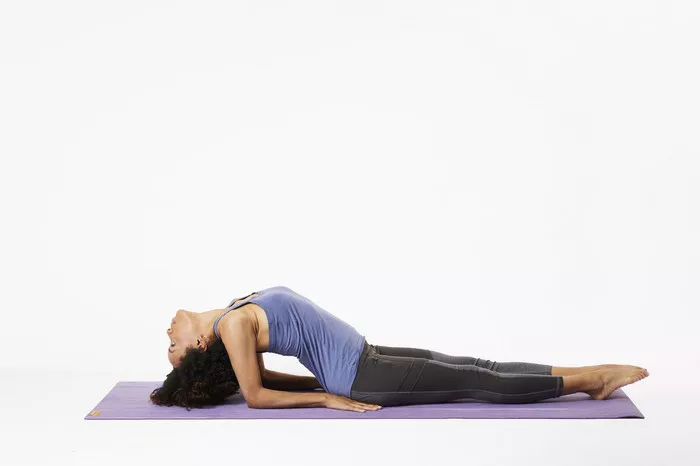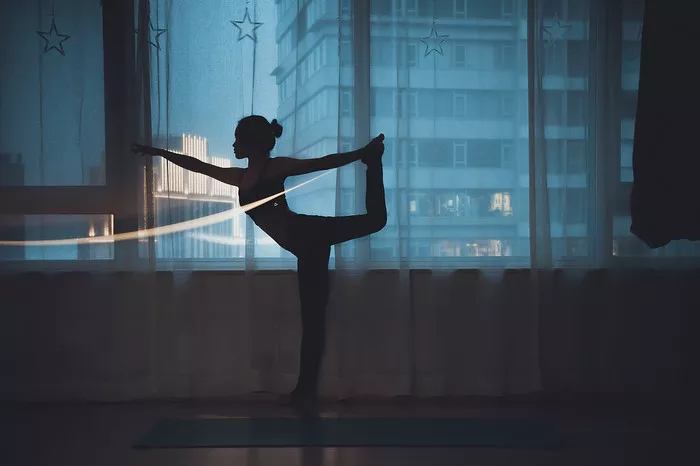As the seasons transition from the quiet introspection of winter to the vibrant renewal of spring, our bodies and minds naturally crave a shift in energy. Restorative yoga offers a gentle yet profound way to honor this transition, inviting us to find balance, renewal, and rejuvenation. In this article, we’ll explore a carefully curated restorative yoga sequence specifically tailored to the energies of spring.
Spring Renewal
Spring is a time of rebirth and renewal in nature. The world around us bursts forth with new life, as flowers bloom, trees bud, and the days grow longer and warmer. It’s a season of fresh beginnings, growth, and vitality.
In traditional Chinese medicine and Ayurveda, spring is associated with the wood element and the energy of upward movement. It’s a time to release stagnation, cleanse the body, and cultivate a sense of expansion and renewal. This restorative yoga sequence is designed to support these intentions, helping you to tap into the vibrant energy of spring and awaken your body, mind, and spirit.
Preparing for Practice: Setting the Scene
Before diving into the sequence, take a few moments to create a sacred space for your practice. Find a quiet, comfortable area where you won’t be disturbed. Gather any props you may need, such as bolsters, blankets, blocks, and straps, to support your body in the poses.
Dim the lights, light a candle or some incense, and perhaps play some soft, soothing music to enhance the atmosphere. Take a few deep breaths to center yourself and connect with your intention for the practice. As you move through the sequence, remember to listen to your body and honor its needs in each moment.
The Restorative Yoga Sequence for Spring
1. Child’s Pose (Balasana): Begin in a kneeling position with your big toes touching and your knees hip-width apart. Lower your torso down towards the ground, extending your arms in front of you or alongside your body. Rest your forehead on the mat and allow your spine to lengthen. Take several deep breaths here, feeling the gentle stretch in your hips and spine.
2. Supported Bridge Pose (Setu Bandhasana): Lie on your back with your knees bent and feet hip-width apart. Place a bolster or folded blanket underneath your sacrum, allowing your spine to arch gently over the support. Rest your arms by your sides with your palms facing up. Close your eyes and focus on the rise and fall of your breath as you surrender into the pose.
3. Reclining Bound Angle Pose (Supta Baddha Konasana): From Supported Bridge Pose, gently slide the bolster or blanket out from underneath you and lower your back down to the mat. Bring the soles of your feet together and let your knees fall open to the sides. Place blocks or pillows underneath your thighs for support if needed. Rest your arms wherever feels comfortable, perhaps placing one hand on your belly and the other on your heart. Allow your body to soften and release with each exhale, inviting a sense of openness and receptivity.
4. Supported Fish Pose (Matsyasana): Roll onto your back and place a bolster or folded blanket horizontally underneath your upper back and head. Extend your legs out in front of you or bend your knees with your feet flat on the floor, whichever is more comfortable. Rest your arms by your sides with your palms facing up. Close your eyes and feel the gentle opening across your chest and throat. Breathe deeply into this space, inviting a sense of expansion and freedom.
5. Legs Up the Wall Pose (Viparita Karani): Move towards a wall and sit sideways with your hip touching the wall. Lie down on your back and swing your legs up the wall, keeping your hips as close to the wall as possible. You can place a folded blanket or bolster under your hips for support if needed. Let your arms rest by your sides with your palms facing up. Close your eyes and surrender into the pose, feeling the gentle inversion soothe your nervous system and calm your mind.
6. Corpse Pose (Savasana): Release from Legs Up the Wall Pose and come to lie flat on your back. Extend your legs out in front of you and allow your feet to fall open naturally. Let your arms rest by your sides with your palms facing up. Close your eyes and take several deep breaths, allowing your body to completely relax into the mat. Surrender to the present moment, letting go of any tension or stress. Rest here for several minutes, soaking in the benefits of your practice.
Conclusion
As you conclude your restorative yoga sequence for spring, take a moment to acknowledge the sense of renewal and rejuvenation that you’ve cultivated within yourself. Notice how your body feels lighter, more open, and more energized. Allow yourself to carry this sense of vitality and expansion with you as you move through the rest of your day.
Remember that this sequence is just a starting point – feel free to modify and adapt it to suit your own needs and preferences. Whether you practice it in its entirety or simply incorporate some of the poses into your daily routine, may this restorative yoga sequence support you in embracing the vibrant energy of spring and nurturing your body, mind, and spirit.
Happy practicing!






















